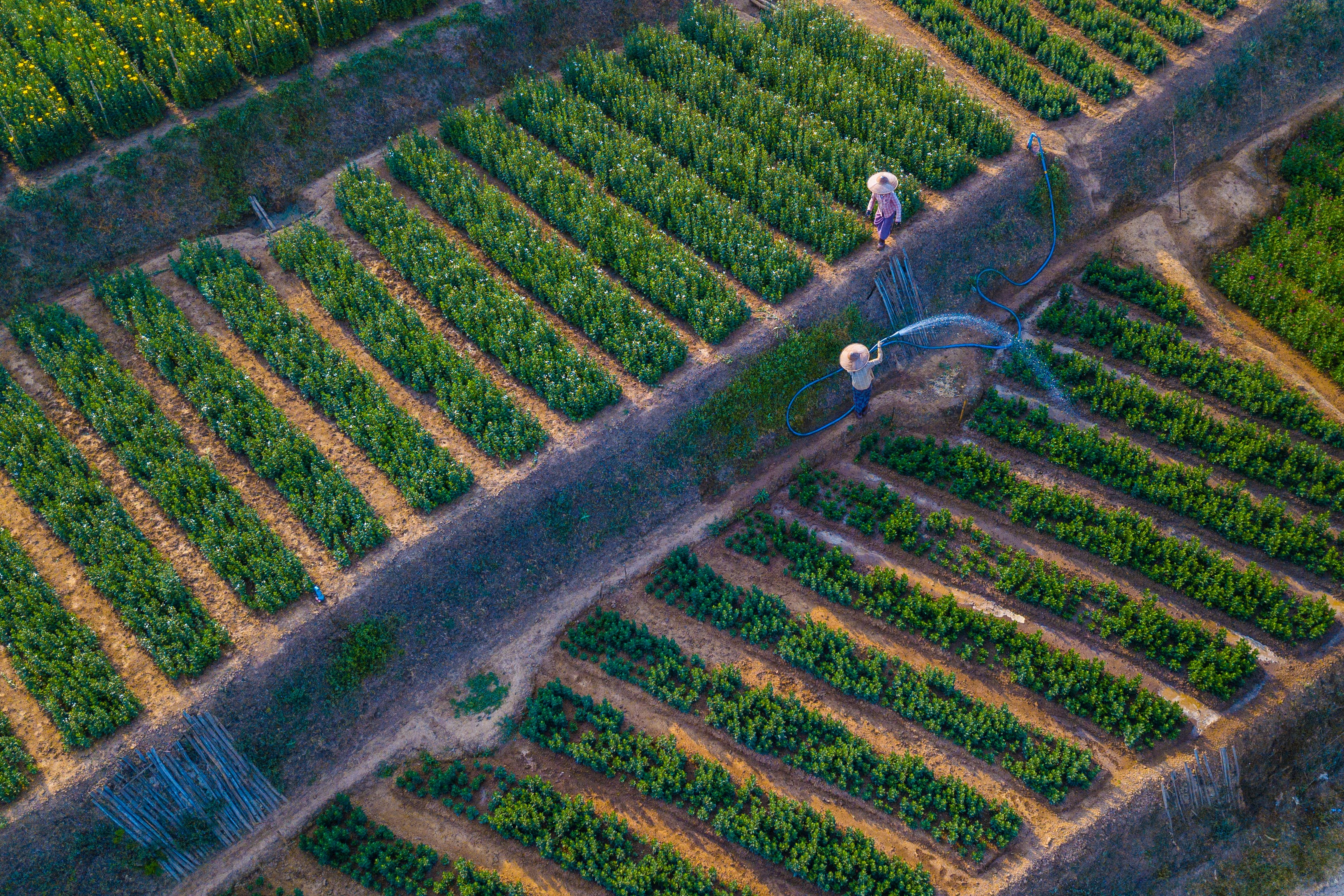Smart Irrigation Solutions: Optimizing Energy Use in irrigation system
Smart Irrigation Solutions: Optimizing Energy Use in irrigation system
Introduction:
In the evolution of agricultural practices,
traditional irrigation faced challenges such as inefficient water distribution
and the need for adaptability to varying environmental conditions. With a
growing global population and the imperative for sustainable farming, the
demand for modern, energy-efficient solutions became evident. The escalating
demand for food production in the face of a changing climate necessitates a
shift toward modern, energy-efficient solutions. Here, the transformative role
of IoT (Internet of Things) emerges as a game-changer, promising to reshape
irrigation methodologies fundamentally.
Smart Sensors: Real-Time Insights into Soil Moisture:
Smart sensors in IoT irrigation systems are advanced
devices designed to collect and transmit real-time data about soil conditions.
These sensors employ various technologies, such as capacitance or resistance
measurements, to assess soil moisture levels accurately. Connected to the
Internet of Things, they form a crucial component of modern irrigation,
allowing for precise and data-driven decision-making in agricultural practices.
The primary function of smart sensors is to continuously monitor and provide real-time
information on the moisture content of the soil. By doing so, they offer a
dynamic understanding of how much water is present in the soil at any given
moment. This real-time data is invaluable in ensuring that crops receive the
optimal amount of water, avoiding under- or over-irrigation. The sensors
communicate this information to a central control system, enabling quick and
responsive adjustments to irrigation schedules based on actual soil conditions. Smart sensors contribute to the development of customized
irrigation strategies tailored to the specific needs of different crops.
Different plants have varying water requirements, and smart sensors play a key
role in optimizing irrigation plans accordingly. The collected data helps
farmers understand the moisture preferences of each crop, allowing for the
creation of precise irrigation schedules. This level of customization not only
promotes water conservation but also enhances crop health and yield by ensuring
that each plant receives the ideal amount of moisture for its growth stage.
Variable-Speed Pumps and Energy Savings:
Variable-speed pumps represent a significant
advancement in irrigation technology. Unlike traditional fixed-speed pumps that
operate at a constant rate, variable-speed pumps have the capability to
dynamically adjust their speed based on real-time demand. This adaptability
makes them a key component in modern IoT irrigation systems, as they respond to
the specific needs of the irrigation process.
Variable-speed pumps stand out for their dynamic adjustment to real-time
demand, facilitated by sophisticated control systems monitoring soil moisture,
weather, and crop water requirements. This continuous assessment ensures the
irrigation system operates optimally, adjusting flow rates as needed. Their
compelling advantage lies in cost savings and energy efficiency. Unlike
fixed-speed pumps that run at full capacity, leading to energy wastage during
lower demand, variable-speed pumps adapt, resulting in significant energy
savings and prolonged pump lifespan. Moreover, they prevent water hammer,
minimizing pressure surges and enhancing system reliability. In essence,
variable-speed pumps signify a pivotal step in energy-efficient irrigation,
providing a responsive and economical solution for sustainable agriculture.
Solar-Powered
Solutions: Sustainable Energy for Smart Farms:
The integration of solar-powered solutions into IoT irrigation
systems marks a transformative shift towards sustainable agriculture. These
systems effectively capture solar energy to power smart sensors, pumps, and
other Internet of things devices, improving overall sustainability, by
integrating photovoltaic panels smoothly. This integration substantially
reduces dependence on traditional power sources, offering operational
independence from the grid. The resultant decrease in reliance not only promotes
energy efficiency but also ensures the resilience of irrigation systems,
particularly in remote or off-grid locations. Beyond its technical advantages,
the adoption of solar-powered solutions brings about compelling environmental
and economic benefits. It contributes to mitigating carbon emissions, reducing
the ecological footprint of agriculture, and fostering long-term cost savings
for farmers. This dual impact underscores the pivotal role of solar-powered
sustainability in advancing the efficiency, resilience, and eco-friendliness of
contemporary irrigation practices.
Adaptive Watering Strategies with Machine Learning:
This section explores the transformative impact of machine
learning (ML) algorithms on IoT irrigation. ML enables intelligent
decision-making by analyzing real-time data from smart sensors and considering
environmental factors. Its adaptive nature allows for dynamic assessments of
water requirements, ensuring precise and responsive irrigation. Additionally,
ML introduces dynamic optimization to irrigation schedules, adapting in
real-time based on factors like weather and soil moisture. This minimizes water
wastage and enhances overall efficiency. The efficient water usage guided by ML
not only minimizes waste but also improves crop health, showcasing how
technology fosters sustainable agricultural practices.
Conclusion: Cultivating a Sustainable Future:
In wrapping up this exploration of technological advancements in
agriculture, our journey has unveiled a harmonious blend of innovation and
ecological responsibility. Synthesizing key insights, we witnessed the
transformative potential of Variable-Speed Pumps, the precision offered by
Smart Sensors, the sustainability achieved through Solar-Powered Solutions, and
the intelligence embedded in Machine Learning-driven Adaptive Watering
Strategies. Emphasizing the pivotal role of energy-efficient IoT in agriculture,
these technologies are not mere tools; they are catalysts for a sustainable
agricultural revolution. Looking forward, our vision envisions a future where
technology and ecological responsibility seamlessly coalesce. In this future,
precision irrigation, sustainable energy practices, and data-driven
decision-making become the cornerstones, ensuring the prosperity of farmers and
fostering a healthier planet for generations to come.











No comments yet